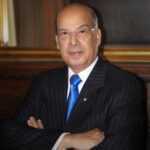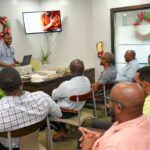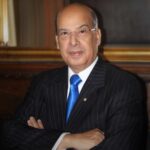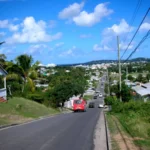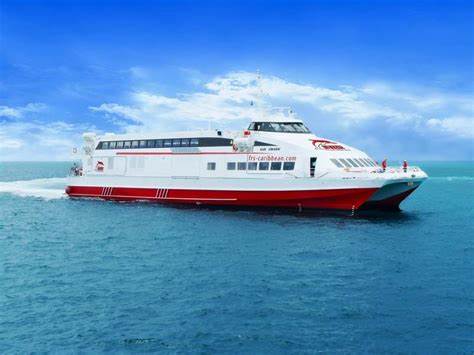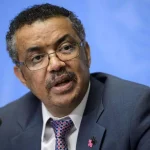Antigua and Barbuda could soon be part of a groundbreaking fossil fuel-free ferry network as a Guadeloupe-led initiative assesses the feasibility of launching an environmentally friendly inter-island transport system.
A delegation from Guadeloupe recently visited Antigua as part of the INTERREG Caribbean KARULINK project, a European Union-funded initiative executed by Guadeloupe-based private transport company STEPS.
The project aims to establish a sustainable ferry service connecting Antigua, St. Kitts, Dominica, with Guadeloupe. The study is expected to last between January 2025 and December 2027 and has the Antigua and Barbuda Chamber of Commerce as one of its investors.
The exploratory study has engaged key local stakeholders, including the Antigua and Barbuda Port Authority, the Department of Marine Services (ADOMS), the Ministry of Tourism, and other border security and law enforcement agencies.
Their discussions focused on the viability of the clean-energy ferry project and identifying suitable harbours and ports for the pilot phase.
The initiative was welcomed by Port CEO Darwin Telemaque who is excited at future possibilities to partner with STEPS on clean energy changes at the port, particularly a full-scaledecarbonization of port facilities.
The goal is to have all of Antigua and Barbuda’s ports powered by non-fossil fuel and renewable-energy sources. “You are coming into a space where the environment is prepared by the government to facilitate the transition.”
The project also aligns with regional economic integration goals set by CARICOM and the Organisation of Eastern Caribbean States (OECS).
Permanent Secretary within the Ministry of Foreign Affairs and Trade, H. E. Clarence E. Pilgrim said the project aligns with the country’s vision of a more interconnected and economically vibrant region.
“We should use this opportunity to see how we can improve our economic standing. The emphasis today is on sustainable transport, and this aligns with our commitment to reduce environmental impact while fostering economic growth.”


